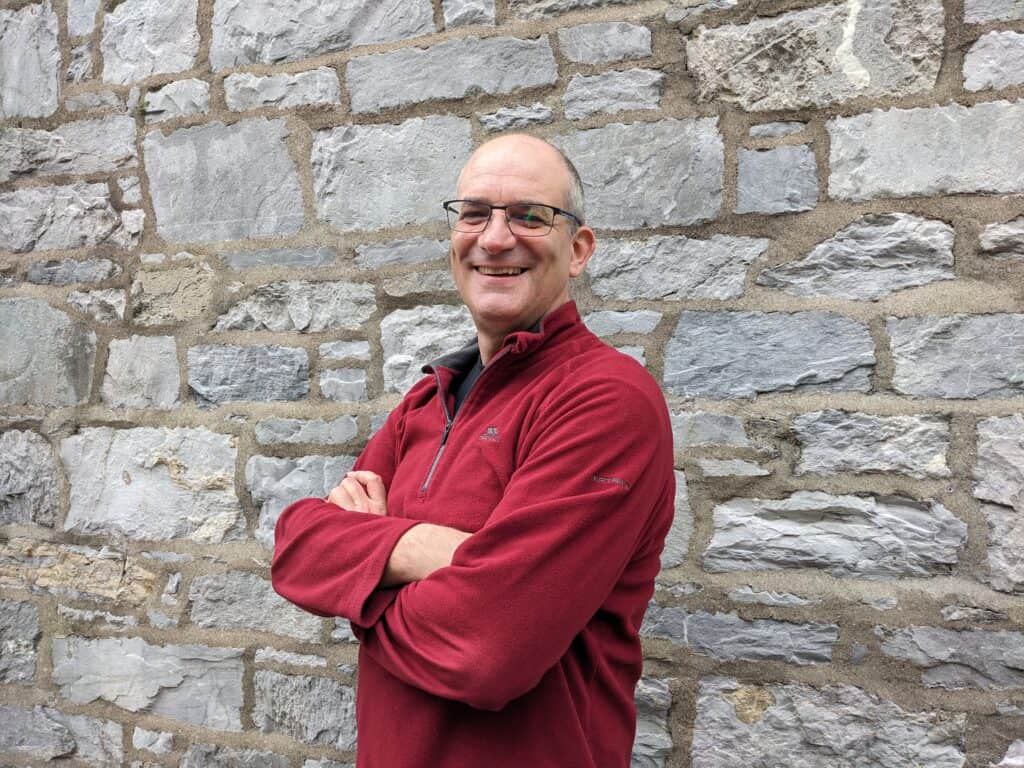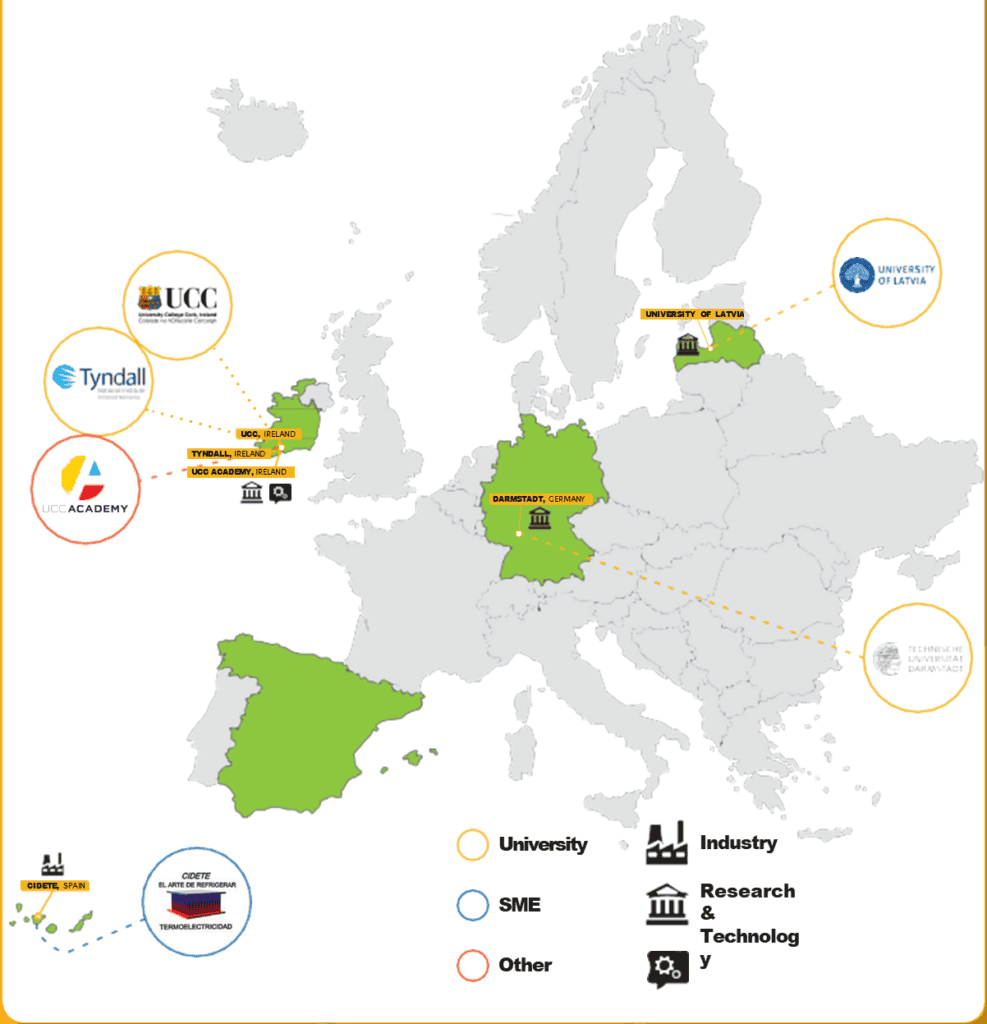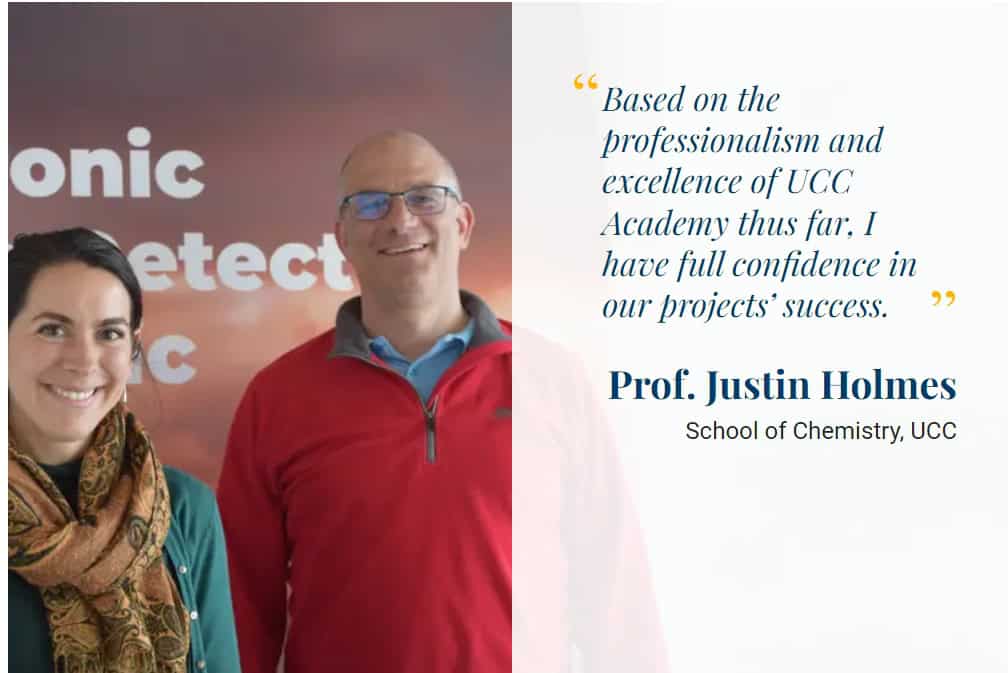Applying for EU funding? TRANSLATE Coordinator Justin Holmes shares expert tips and tricks in building an effective research consortium.
When it comes to securing European Union (EU) research funding, particularly in interdisciplinary or multi-partner projects, building the right consortium is crucial. Successfully managing a research consortium can mean the difference between a project’s success and its downfall. At a recent UCC Research Skills Training Programme webinar, Professor Justin Holmes from University College Cork (UCC) shared his experience on building consortiums for EU-funded projects RADICAL and TRANSLATE. Drawing from these projects, he provided key strategies for consortium-building.

Find the right diversity of people
Diversity is a hallmark of successful EU research consortia [1]. When forming a team, aim for a variety of expertise, perspectives, and roles. A well-balanced consortium includes a mix of disciplines, geographic regions, and levels of seniority. This kind of diversity strengthens the project’s ability to address complex research challenges from different angles.
As Prof. Holmes notes, consortium building starts with identifying project needs. No single institution has all the expertise required for a successful project. Researchers often find collaborators through established networks, conferences, or EU networking events. Personal recommendations can be especially useful in identifying partners with specific skills that align with your project goals.
In addition to scientific expertise, ensure that the consortium has the necessary infrastructure to deliver on project objectives. This includes technical capabilities, such as access to advanced equipment or research facilities. Importantly, the EU encourages leadership opportunities for younger researchers. Projects that allow early-career academics to lead work packages will resonate well with evaluators.
Define expertise and roles early
One of the first steps in forming a consortium is defining the expertise and roles of each partner. Clear, complementary roles prevent overlap and ensure that each collaborator adds distinct value. Prof. Holmes’ projects, TRANSLATE and RADICAL, both exemplify this approach. These consortia brought together academic and industry partners to achieve specific scientific objectives while ensuring that no two partners performed redundant tasks.
For example, TRANSLATE combined expertise from academic institutions like TU Darmstadt, Tyndall National Institute, and the University of Latvia, with SME partner Cidete and project management and Impact partner UCC Academy. Each partner’s role was tailored to their unique strengths, creating a cohesive and well-structured project plan.

Involve industry partners early
The EU increasingly prioritises the involvement of small and medium-sized enterprises (SMEs) in research projects. SMEs should be meaningfully integrated into consortia, often leading work packages or playing a central role in guiding project development. The inclusion of industry partners not only boosts the project’s commercial relevance but also aligns with the EU’s focus on innovation and market impact.
In the RADICAL project, Smartcom takes responsibility for device modelling, while Cidete leads materials characterisation in TRANSLATE. These contributions demonstrate how consortia can benefit from the practical, market-oriented perspectives that industry partners bring to the table. Including SMEs from the start ensures that scientific research is closely aligned with real-world applications, increasing the project’s chances of success and commercialisation.
Secure strong management support
Managing an EU research project is no small task. From report writing and handling communication with the European Commission to managing the project’s financials and timelines, there are countless administrative responsibilities. As Prof. Holmes shared, managing people and processes is one of the hardest aspects of leading a project. For this reason, securing project management support is essential.

Dedicated project management, such as that provided by UCC Academy for the RADICAL and TRANSLATE projects, can relieve the administrative burden from researchers, allowing them to focus on the science. This support is particularly crucial when dealing with the European Commission’s online systems, such as the EU Funding & Tenders Portal, which can be challenging to navigate. Good project management helps keep the consortium on track and ensures that all reporting, financial, and compliance requirements are met efficiently.
Engage stakeholders early and align expectations
Stakeholder engagement is critical from the very beginning of the proposal writing process. This includes not only academic and industrial partners but also potential end-users or other external stakeholders who can offer valuable insights into the project’s relevance and commercial potential. By engaging stakeholders early, the consortium can ensure that the project addresses real-world challenges and aligns with EU priorities.
Equally important is setting clear expectations within the consortium. All partners need to be fully committed from the outset, with agreed timelines and clear responsibilities. Ensure that everyone understands their role in writing the proposal and that contributions are made on time. This level of organisation is vital for maintaining momentum and meeting submission deadlines.
Building a strong, diverse, and well-structured consortium is essential for successfully securing EU research funding. By carefully selecting partners, defining roles, integrating industry, securing management support, and engaging stakeholders early, researchers can set their project up for success.
Special thanks to the UCC Research Office and EU Research Officer in UCC Dr Paolo Saporito for organising the webinar.
Do you think the expert tips on building a research consortium mentioned here are helpful? Feel free to share and let us know! Find us on X, LinkedIn and YouTube


